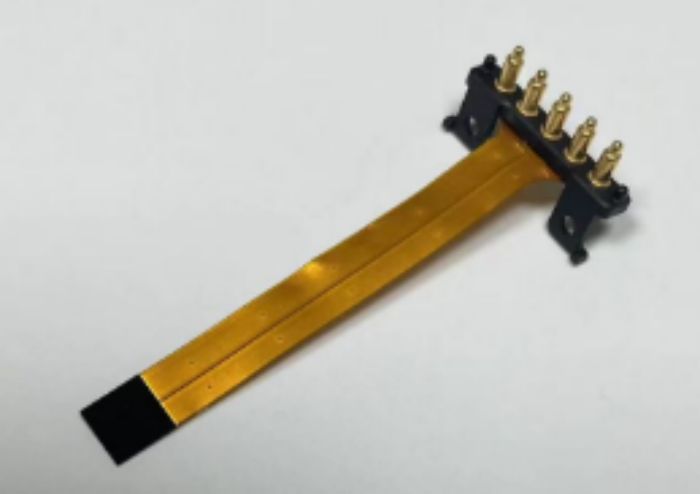Pogo pins, also known as spring-loaded connector pins, are essential components in surface-mount technology (SMT) for creating a reliable connection between printed circuit boards in electronic devices. The manufacturing method of Pogo pin patches involves several critical steps to ensure precise dimensions and quality.
The first step in the manufacturing process of Pogo pin SMT patches is turning. This involves selecting a copper rod and feeding it into a cutting machine, where it is fixed securely. The machined parts are measured according to the drawings to confirm that they meet size and tolerance requirements. Additionally, the appearance of the parts is observed through a microscope to ensure they meet quality standards. This step is crucial in creating Pogo pins that are precise and reliable for electronic applications.
The next step involves arranging the needles in rows. An appropriate amount of needle tubing is poured into a column frame, and the machine parameters are set. The entire frame is then placed into the machine, and the green start button is pressed to fix the needles in place. The machine vibrates to ensure that the needle tubing falls into the designated holes. This process requires precision and attention to detail to ensure that the needles are accurately aligned and ready for the next stage of manufacturing.
Finally, the spring alignment step involves pouring an appropriate amount of spring into a spring column plate. The spring plate and the column frame are held firmly and rocked back and forth to allow the springs to fall into the designated holes. This step is crucial in creating Pogo pin SMT patches that have reliable spring-loaded mechanisms for establishing secure connections between electronic components.
Post time: Dec-20-2023


